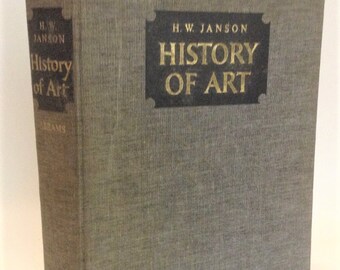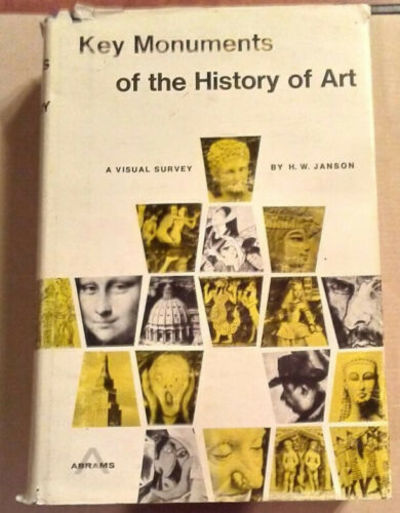


Nevertheless, “the long nineteenth century” has been remarkably durable. the number of Europeans on the planet” (1). Blanning intriguingly annexes the French Revolution and Napoleonic era to an earlier epoch characterized by “expansion” in terms of “the size of armies, literacy rates, state intervention, the acreage of overseas empires, industrialization. For example, in his introduction to The Eighteenth Century: Europe 1688–1815 (Oxford: Oxford University Press, 2000), T.C.W. 3 Not all authors endorse this idea uncritically, however. Cemented in Eric Hobsbawm’s trilogy- The Age of Revolution, 1789–1848 (London: Weidenfeld and Nicolson, and Cleveland: The World Publishing Co., 1962), The Age of Capital, 1848–1875 (New York: Scribner, 1975), and The Age of Empire, 1875–1914 (New York: Vintage, 1987)-the “long nineteenth century” continues to structure historical accounts of the period, as evidenced in Michael Rapport’s publication Nineteenth-Century Europe (New York: Palgrave Macmillan, 2005), which covers precisely these years. Grant and Temperley set these parameters by interpreting the war as a direct outgrowth of trends stemming from the Age of Enlightenment: the emergence of parliamentary or representative governments, the conceptualization of “nationhood” and the concomitant growth of nationalism, and the development of disastrously complicated alliances (viii, 2–3). Grant and Harold Temperley published Europe in the Nineteenth Century (1789–1914) in 1927 (New York: Longmans, Green and Co.), when thousands of grands mutilés still walked the streets of London, Paris, and Berlin. This way of construing the nineteenth century emerged soon after the end of the war itself. According to this trope, the nineteenth century begins and ends with two equally bloody, paradigm-shifting events, thereby stretching from the political revolutions of the late eighteenth century in France and America to the battlefields of World War I in the early twentieth. The problem of definition is particularly thorny in the case of these four textbooks, since the enduring centrality of the concept of the “long nineteenth century” shapes the ways we study and teach the period. The textbook, that is, exercises a disciplinary mechanism, self-consciously engaged in the project of canon-building, perpetuation, revision, or reform. 1 Although other forms of scholarship (journal articles, monographs, exhibition catalogues, and the like) perform such work, the textbook’s overt task is to define the field. Janson’s 19th-Century Art in 1984 and ending with the second edition of Petra ten-Doesschate Chu’s Nineteenth-Century European Art in 2006. What do we mean when we say “the nineteenth century”? Where does it begin? Where does it end? What does it contain or exclude? How do we make such choices-on what basis? Surveying four major textbooks, this review offers a look back at the ways these questions have been answered over the past two decades, beginning with the first publication of Robert Rosenblum and H.W.

Performance Art/Performance Studies/Public Practice.Museum Practice/Museum Studies/Curatorial Studies/Arts Administration.Drawings/Prints/Work on Paper/Artistc Practice.Digital Media/New Media/Web-Based Media.Architectural History/Urbanism/Historic Preservation.

Subject, Genre, Media, Artistic Practice.


 0 kommentar(er)
0 kommentar(er)
